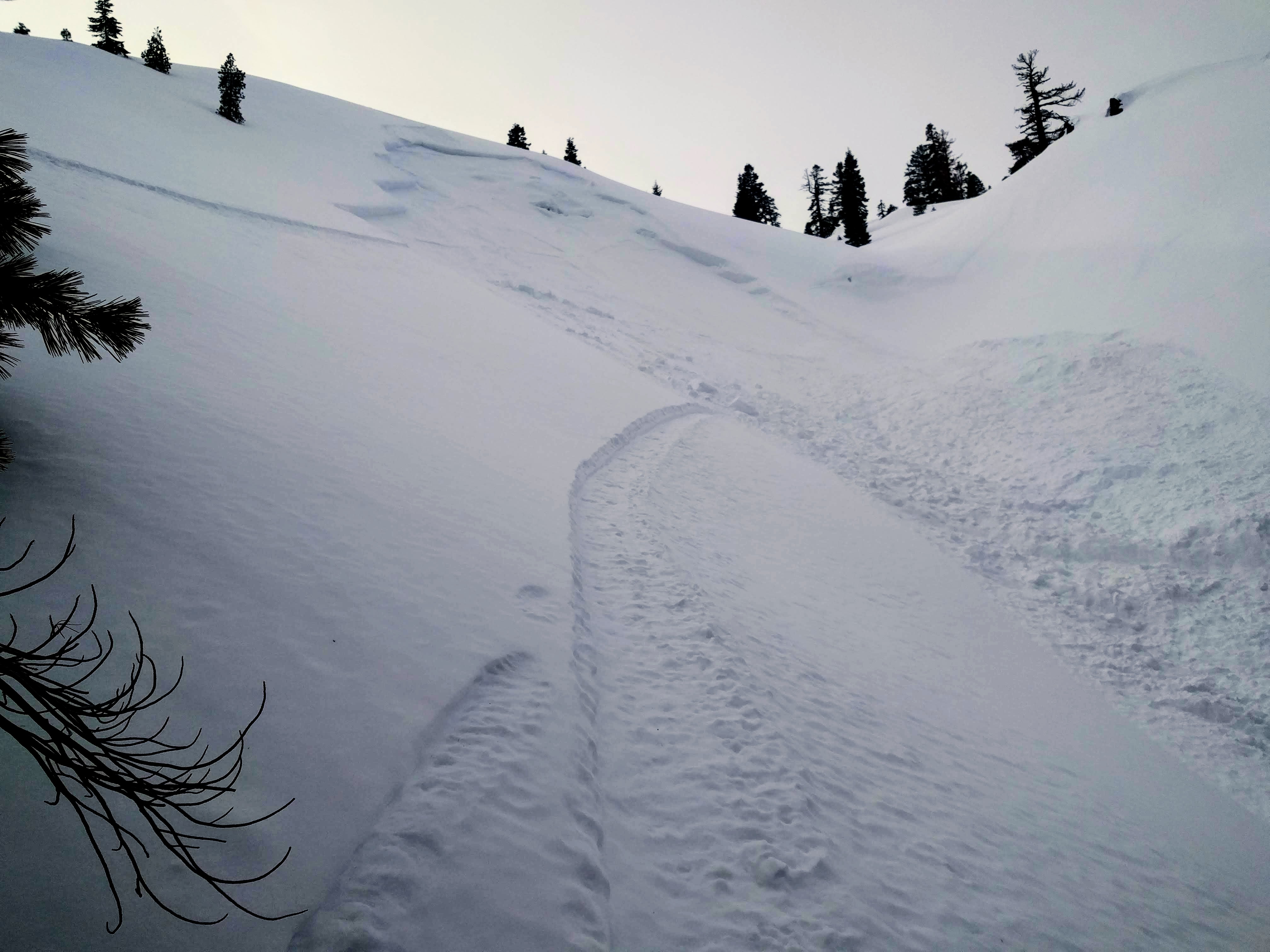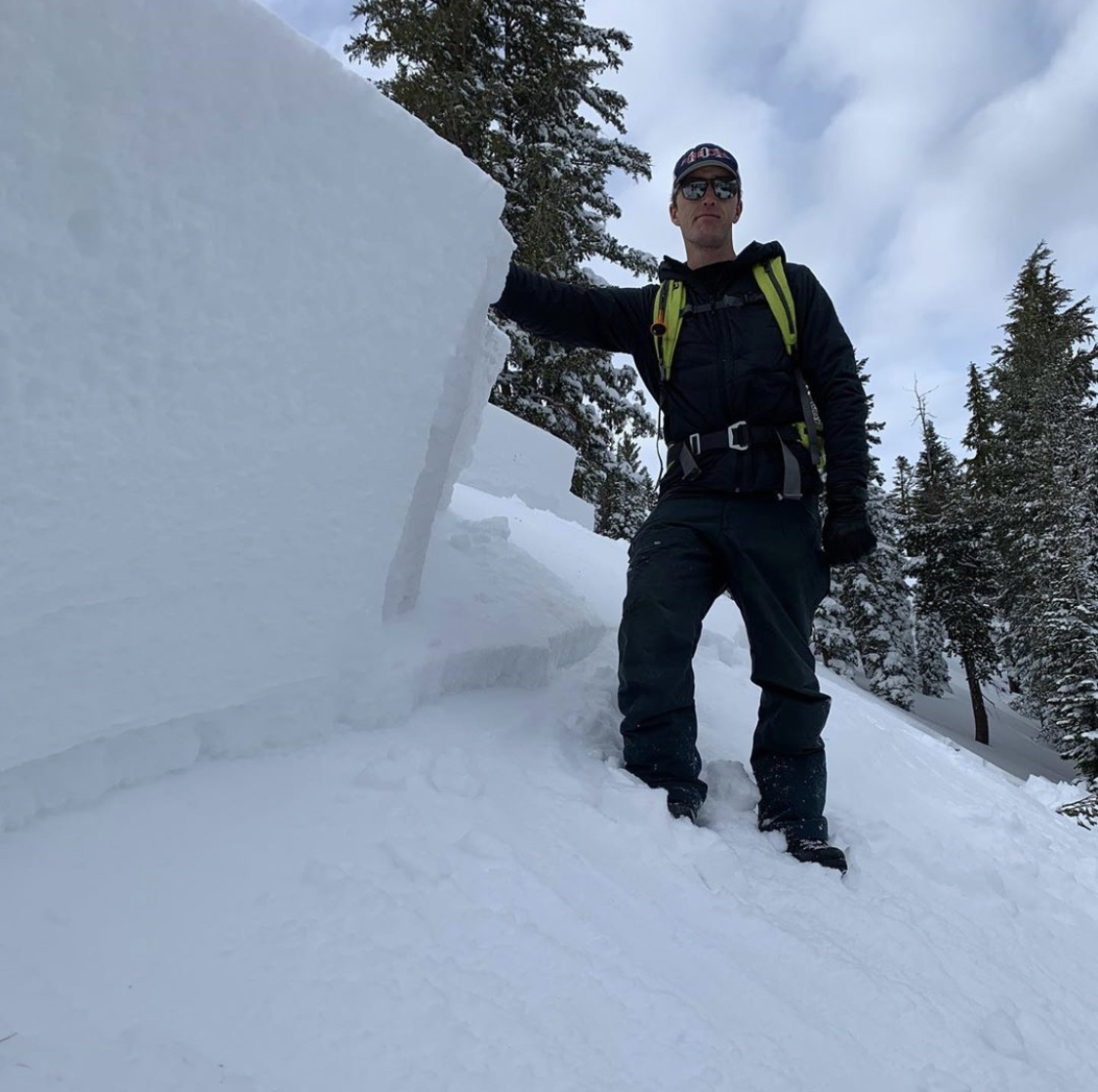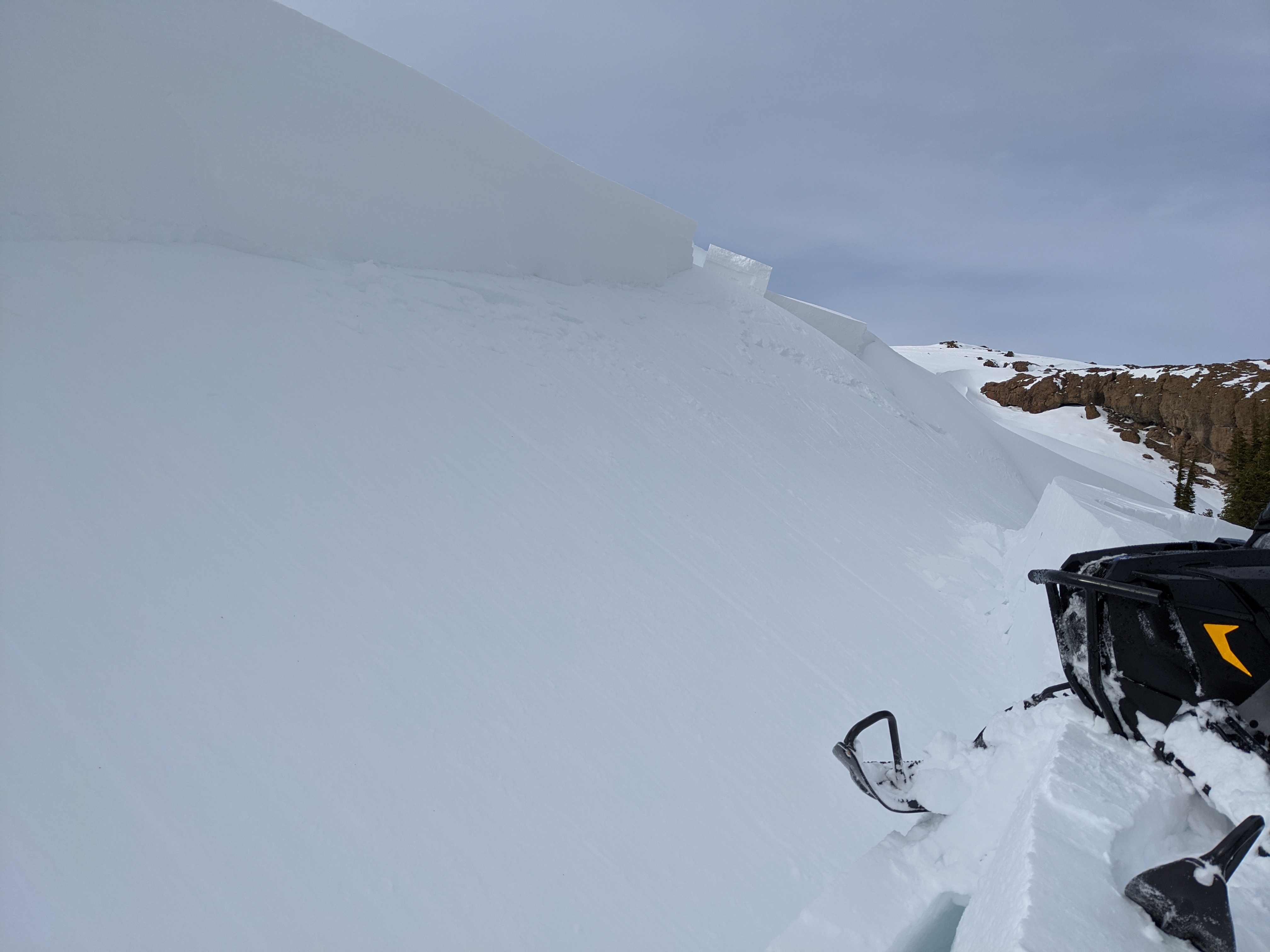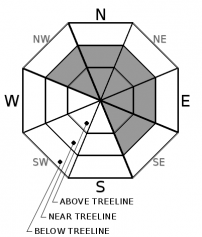| Monday | Monday Night | Tuesday | |
|---|---|---|---|
| Weather: | Mostly cloudy. Slight chance of snow in the afternoon. Snow levels below 7000 feet. Chance of precipitation is 15%. | Mostly cloudy then becoming partly cloudy. Snow levels below 7000 feet. Chance of precipitation is 10%. | Mostly cloudy. Chance of snow in the morning, then snow in the afternoon. Snow levels below 7000 feet. Chance of precipitation is 75%. |
| Temperatures: | 37 to 42 deg. F. | 23 to 28 deg. F. | 33 to 38 deg. F. |
| Mid Slope Winds: | South around 15 mph with gusts to 35 mph. | Southwest 15 to 20 mph. Gusts up to 40 mph. | Southwest 15 to 25 mph. Gusts up to 50 mph. |
| Expected snowfall: | No accumulation. | SWE = trace amounts. | No accumulation. | SWE = none. | 70% probability of 1 to 3 inches. 30% probability of 3 to 6 inches. | SWE = up to 0.15 inch. |
| Monday | Monday Night | Tuesday | |
|---|---|---|---|
| Weather: | Mostly cloudy. Slight chance of snow in the afternoon. Snow levels below 7000 feet. Chance of precipitation is 15%. | Mostly cloudy then becoming partly cloudy. Snow levels below 7000 feet. Chance of precipitation is 10%. | Mostly cloudy. Chance of snow in the morning, then snow in the afternoon. Snow levels below 7000 feet. Chance of precipitation is 75%. |
| Temperatures: | 32 to 38 deg. F. | 20 to 25 deg. F. | 28 to 34 deg. F. |
| Ridge Top Winds: | South 20 to 30 mph with gusts to 60 mph. | Southwest 20 to 30 mph with gusts to 60 mph. | Southwest 30 to 40 mph with gusts to 85 mph. |
| Expected snowfall: | No accumulation. | SWE = trace amounts. | No accumulation. | SWE = none. | 70% probability of 1 to 3 inches. 30% probability of 3 to 6 inches. | SWE = up to 0.20 inch. |






























